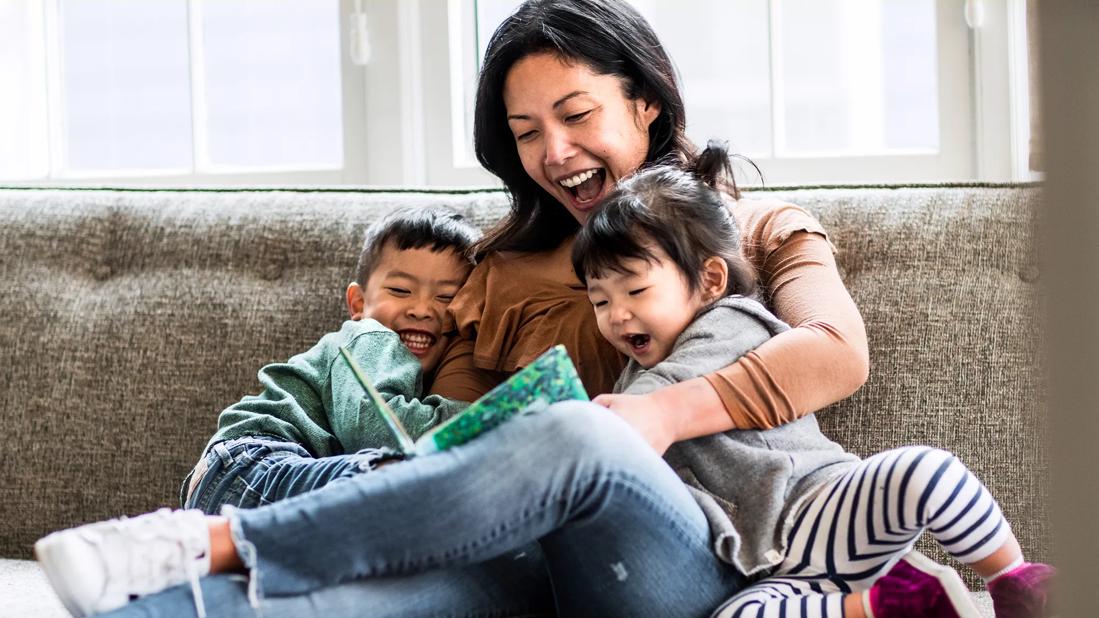Preschoolers who wake up early or have trouble falling asleep may not need their afternoon nap

Napping during early childhood is invaluable. Your infant or toddler gets much-needed rest, and you get an hour or two of free time. But 1 in every 3 children have given up their nap by the time they’re 4.
Advertisement
Cleveland Clinic is a non-profit academic medical center. Advertising on our site helps support our mission. We do not endorse non-Cleveland Clinic products or services. Policy
“There are some basic ages when it’s more common for kids to drop their naps, but every kid is different,” says pediatrician Lisa Diard, MD. “Pay attention to your child’s behavior before, during and after naps, and you’ll see telltale signs that they’re ready to stop napping.”
Dr. Diard shares what you need to know about the transition from napping and why the timing matters.
Naptime is very important during infancy and toddlerhood. Young children need more sleep than adults, and naps help them get it.
“Sleep allows young children to heal,” Dr. Diard says. “While a child sleeps, their brain rests and sleep restores their mind. They physically feel better and progress through developmental milestones better.”
In their first year, infants can nap up to four times daily — often depending on how well they sleep at night. They can stay awake longer as their brains mature, so they need less sleep and fewer naps.
But don’t rush the process, Dr. Diard cautions. Getting enough sleep is necessary for the healthy development of:
As a parent or caregiver, you may be reluctant to let naptime go. But it’s bound to happen, typically between ages 3 and 6.
Advertisement
According to the Sleep Foundation, general napping tendencies include:
“Children need a certain amount of total sleep in a day,” Dr. Diard states. “When they need more than they get at night, a nap fills the difference.”
For example, most 2-year-olds need about 14 hours of sleep. They may get 11 or 12 hours at night, and the other two will happen during the day.
“They no longer need naps once they get all their sleep at night,” she adds.
How much naptime your child gets and how it’s organized (many shorter naps versus fewer long naps) may depend on many factors, including:
Dr. Diard shares some signs that your child may be ready to transition away from napping.
As you’ve surely noticed, kids typically get cranky when they need a nap. So, pay attention if naptime approaches and your child still seems happy.
“If it’s 2 p.m. and your child is content and playing, they may not be tired,” Dr. Diard says.
Does it seem like your toddler is just biding their time until naptime is over? Tired children typically fall asleep quickly, so if your child isn’t tired come naptime, that could be a sign that they don’t need it anymore.
“See if your child is hanging out in their bed for 30 minutes or more before falling asleep,” Dr. Diard recommends. “That’s usually a good sign that they aren’t tired or don’t need the entire naptime.”
Some children will nap well and fall asleep easily. But later, when it’s bedtime, they’re full of energy and don’t show any signs of being tired.
Toddlers should be tired at bedtime, Dr. Diard says. If your child isn’t, they may be getting too much daytime sleep. But don’t confuse a refusal to go to bed for not being tired. Pay attention to your child’s mood:
Children who nap well and go to bed easily but suddenly wake an hour or two earlier may not need as much sleep anymore.
“The goal is for your child to eventually get most or all of their sleep at night,” Dr. Diard explains. “If naps start to interfere with that, it’s time for them to go.”
Any time you change your child’s routine, they may become temporarily fussy or irritable, especially when that change affects their sleep. But a few transition tips can help you lessen the impact:
Advertisement
“Transitioning away from naptime is a process. It won’t happen overnight,” Dr. Diard says. “Follow your child’s lead. Once they’re no longer taking naps, congratulate yourself on reaching an important developmental milestone.”
Advertisement
Learn more about our editorial process.
Advertisement

Stick to a consistent schedule, be mindful of screen time and work on reducing your stress levels before bed

Napping can boost focus, memory and mood — if you time it right
These devices can help shed light on what’s happening with your body during rest

Keep a dream journal, set your intentions before bed and make sure you’re getting a full night of high-quality sleep

Controlling your dreams may help you tap into your creativity and even reduce anxiety

A 15- to 20-minute power nap is best to boost alertness — beware napping longer than an hour

Limited research suggests a weighted blanket may help with anxiety, insomnia and other conditions

If you’re putting off going to bed to have some time for yourself, you’re not doing your well-being any favors

Leg-related symptoms indicate DVT, while chest symptoms point to a pulmonary embolism

There are many different ways to love someone and yourself

Looking down at your smartphone or computer screen can stress muscles in your neck, shoulders and back